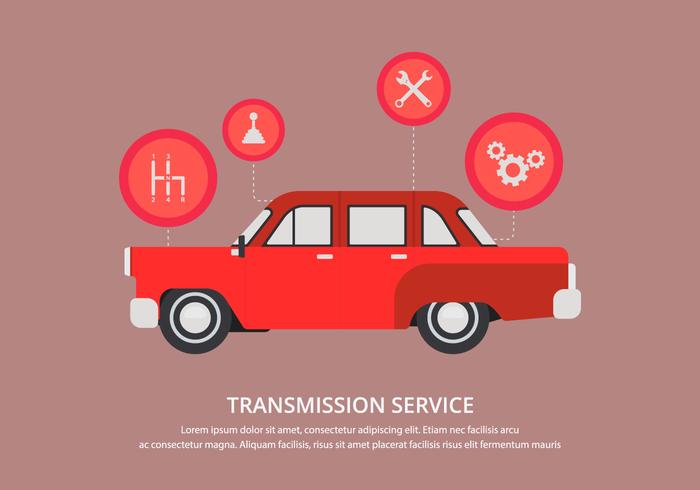Wondering Regarding The Definition Behind Those Dashboard Warning Lights? Gain Insights Right Into Their Implications For Your Automobile'S Safety And Upkeep
Wondering Regarding The Definition Behind Those Dashboard Warning Lights? Gain Insights Right Into Their Implications For Your Automobile'S Safety And Upkeep
Blog Article
Post Author-Hartley Gilbert
When you're behind the wheel, those glowing caution lights on your control panel can be a bit complicated. Do you recognize what they're attempting to tell you concerning your cars and truck's health? Recognizing the value of these lights is important for your safety and security and the long life of your lorry. So, car interior detailing following time one of those lights pops up, would not you wish to understand its message precisely and take the needed actions to address it?
Common Warning Lights and Interpretations
Identify common warning lights in your car and recognize their meanings to make sure safe driving.
The most normal caution lights include the check engine light, which signals problems with the engine or exhausts system. If this light begins, it's critical to have your car examined promptly.
https://holdenrmhcv.blogsvila.com/32233495/exactly-how-can-mobile-automobile-detailing-change-your-automobile-care-experience-while-guaranteeing-quality-discover-the-key-factors-to-think-about-prior-to-picking-a-detailer advising light shows reduced oil stress, needing instant attention to stop engine damages.
A blinking battery light could recommend a damaged billing system, possibly leaving you stranded if not addressed.
The tire pressure monitoring system (TPMS) light signals you to reduced tire stress, affecting vehicle stability and gas performance. Overlooking this might cause risky driving problems.
The ABS light suggests a problem with the anti-lock braking system, compromising your ability to quit rapidly in emergencies.
Finally, the coolant temperature level cautioning light warns of engine overheating, which can lead to extreme damage otherwise dealt with swiftly.
Recognizing these common caution lights will help you attend to concerns without delay and preserve safe driving problems.
Importance of Prompt Attention
Understanding the usual caution lights in your cars and truck is only the very first step; the relevance of immediately attending to these warnings can not be highlighted sufficient to ensure your safety and security when traveling.
When a warning light brightens on your dashboard, it's your vehicle's way of interacting a prospective issue that requires interest. Overlooking these warnings can result in more serious problems later on, endangering your safety and security and potentially costing you much more out of commission.
Prompt attention to cautioning lights can stop malfunctions and accidents. As an example, a flashing check engine light might suggest a misfire that, if left ignored, could cause damages to the catalytic converter. Addressing this without delay can save you from a pricey repair work.
In Read the Full Post , a brake system warning light may indicate reduced brake fluid or worn brake pads, essential elements for your safety and security when driving.
Do It Yourself Troubleshooting Tips
If you discover a caution light on your control panel, there are a couple of DIY fixing suggestions you can attempt before seeking expert help.
The first step is to consult your automobile's handbook to recognize what the particular warning light indicates. Occasionally the concern can be as straightforward as a loose gas cap setting off the check engine light. Tightening the gas cap might settle the trouble.
An additional typical problem is a reduced battery, which can set off numerous cautioning lights. Inspecting the battery links for rust and guaranteeing they're protected may fix the issue.
If a caution light persists, you can try resetting it by separating the cars and truck's battery for a couple of minutes and afterwards reconnecting it. In addition, checking your automobile's liquid degrees, such as oil, coolant, and brake liquid, can help repair cautioning lights associated with these systems.
Final thought
Finally, understanding your car's caution lights is important for keeping your vehicle running efficiently and safely. By immediately attending to these informs and recognizing what they suggest, you can stay clear of pricey repair services and potential failures.
Remember to consult your car's guidebook for specific details on each alerting light and act as necessary to make certain a trouble-free driving experience.
Keep informed, remain secure on the road!
